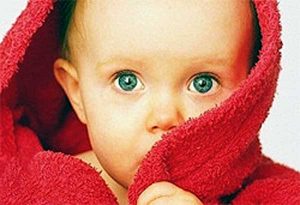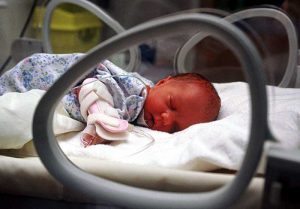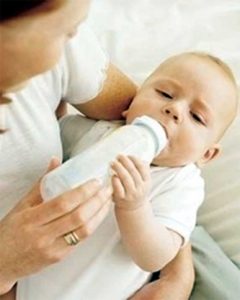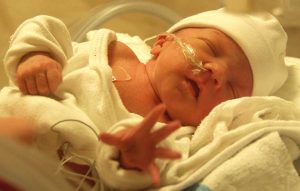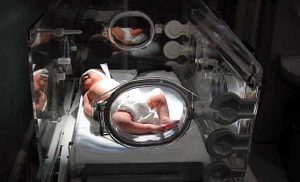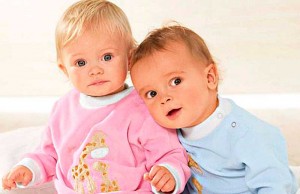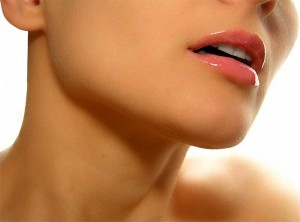Ophthalmia (the word comes from the Greek bl?nnos – mucus and rh?? – current, hereinafter – “O.”) – an acute purulent inflammation of the mucous membrane (conjunctiva), eye, caused by gonococcus.
There are 2 forms of ophthalmia: newborns and adults. Infection in most cases, neonatal ophthalmia occurs during the passage of the fetal head through the birth canal of the mother with gonorrhea. O. appears on 2 – 3rd day of life and is characterized by a very strong first edema of both eyelids after 2 – 3 days begins copious pus. In severe cases, the process may be involved in the cornea, formed ulcer healing scar and leave a thorn. In some cases, the disease leads to blindness.– Далее –

